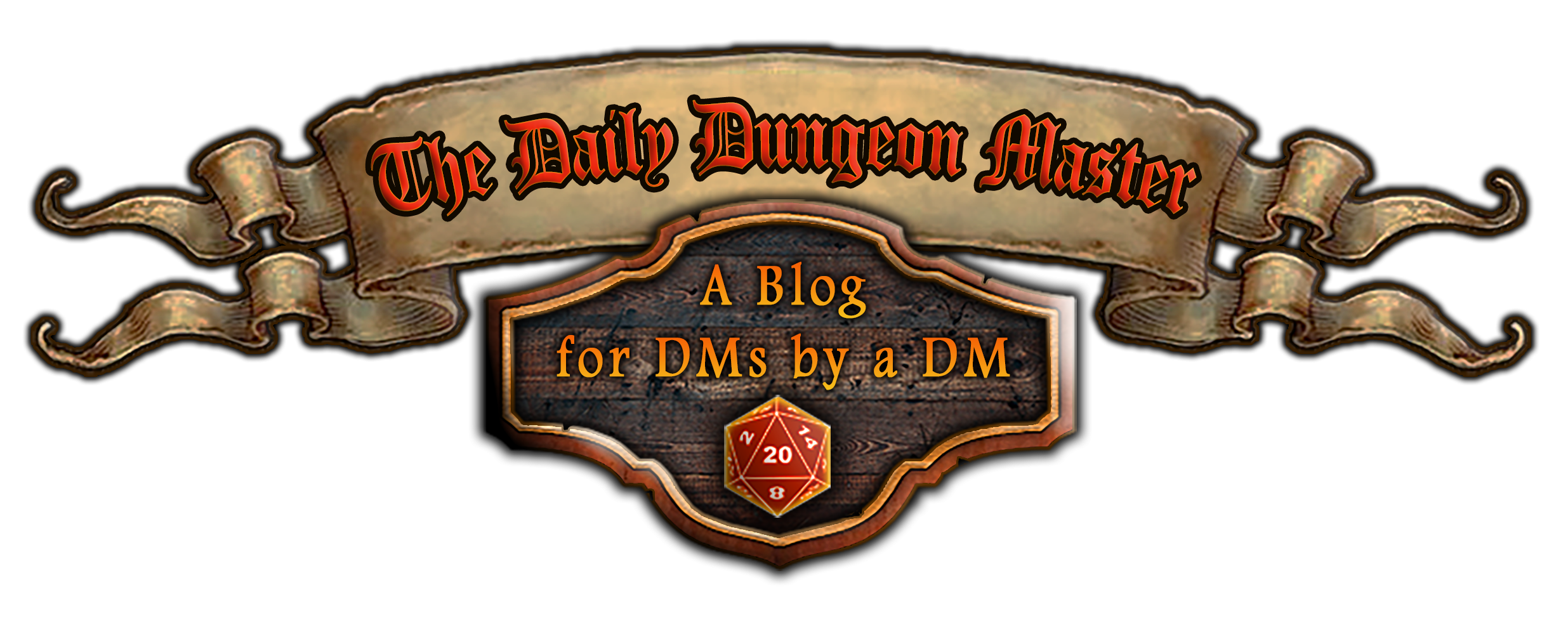Dear Readers, fantasy literature has long been a wellspring of inspiration for Dungeons & Dragons campaigns. The rich worlds, compelling characters, and epic narratives found within the pages of fantasy novels provide fertile ground for dungeon masters (DMs) to craft immersive adventures that captivate their players. From the grandeur of Middle-earth in J.R.R. Tolkien’s “The Lord of the Rings” to the intrigue of Westeros in George R.R. Martin’s “A Song of Ice and Fire,” the possibilities for adaptation are as boundless as the imagination itself.
Today, we will explore the art of translating your favorite fantasy novels into unforgettable D&D campaigns. Whether you’re a seasoned DM looking for fresh inspiration or a newcomer eager to embark on your first campaign, this guide will provide you with the tools and techniques you need to bring your favorite literary worlds to life at the gaming table.
1. Choosing the Right Source Material
The first step in adapting a fantasy novel into a D&D campaign is selecting the right source material. Consider the following factors when making your choice:
- World-Building: Look for novels with richly detailed worlds that offer a sense of depth and immersion. Settings like the Forgotten Realms, the world of Andrzej Sapkowski’s “The Witcher,” or the cosmere created by Brandon Sanderson are ripe for exploration.
- Compelling Characters: Memorable characters can serve as both allies and adversaries for your players. Choose novels with a diverse cast of characters, each with their own motivations, quirks, and flaws.
- Epic Storylines: Epic narratives full of twists, turns, and high-stakes conflicts are perfect for D&D campaigns. Whether it’s a quest to destroy a powerful artifact or a struggle for control of a kingdom, choose a novel with a storyline that lends itself to adaptation.
2. Understanding the Source Material
Once you’ve chosen your source material, it’s essential to immerse yourself in the world of the novel. Take the time to read and reread the book, paying close attention to key details such as:
- Setting: Familiarize yourself with the geography, history, and culture of the world depicted in the novel. Create maps, timelines, and lore documents to help you visualize and understand the setting.
- Characters: Take notes on the novel’s characters, including their personalities, relationships, and goals. Consider how these characters might interact with the player characters (PCs) in your D&D campaign.
- Themes and Tone: Identify the themes and tone of the novel, whether it’s epic fantasy, dark fantasy, or something in between. Tailor your campaign to capture the same mood and atmosphere, incorporating elements like moral ambiguity, political intrigue, or epic battles.
3. Adapting the Material for D&D
Adapting a fantasy novel into a D&D campaign requires striking a balance between staying true to the source material and allowing for player agency and creativity. Here are some tips for successfully adapting the material:
- Flexibility: Remember that D&D is a collaborative storytelling experience, and the actions of the players can often diverge from the plot of the novel. Be prepared to improvise and adapt your plans based on the choices and actions of the players.
- Modularity: Break the novel down into smaller, modular components that can be rearranged or expanded upon as needed. This approach allows you to incorporate elements of the novel into your campaign without being beholden to a strict linear storyline.
- Player Engagement: Keep your players engaged and invested in the story by incorporating their backstories, goals, and motivations into the campaign. Use the themes and conflicts of the novel as a backdrop for their personal journeys and character development.
4. Bringing the World to Life
Once you’ve adapted the material for your D&D campaign, it’s time to bring the world to life at the gaming table. Here are some tips for creating an immersive and unforgettable gaming experience:
- Descriptive Storytelling: Use vivid descriptions and evocative language to paint a picture of the world for your players. Describe sights, sounds, smells, and textures to immerse them fully in the setting.
- Dynamic NPCs: Bring the characters of the novel to life through memorable NPCs (non-player characters) that the players encounter throughout their journey. Use distinct voices, mannerisms, and motivations to make each NPC feel unique and compelling.
- Interactive Environments: Design interactive environments that encourage exploration and discovery. Populate your world with hidden treasures, ancient ruins, and mysterious landmarks for the players to uncover.
5. Managing Expectations
Finally, it’s essential to manage your players’ expectations when adapting a fantasy novel into a D&D campaign. While you may draw inspiration from the novel, remind your players that the campaign is ultimately a unique and collaborative experience shaped by their choices and actions.
Encourage them to embrace the freedom and creativity that D&D offers, and reassure them that deviations from the source material are not only expected but welcomed. By fostering a spirit of collaboration and creativity, you can create a D&D campaign that honors the spirit of the novel while also providing a unique and memorable gaming experience.
Adapting your favorite fantasy novels into D&D campaigns can be a rewarding and fulfilling experience for both DMs and players alike. By choosing the right source material, understanding its themes and characters, and adapting it thoughtfully for the gaming table, you can create an immersive and unforgettable gaming experience that pays homage to the worlds and stories that inspired you.
So gather your party, sharpen your pencils, and prepare to embark on an epic journey through the pages of your favorite fantasy novels. Adventure awaits!
Until next time, Dear Readers…
Discover more from The Daily Dungeon Master Blog
Subscribe to get the latest posts to your email.

